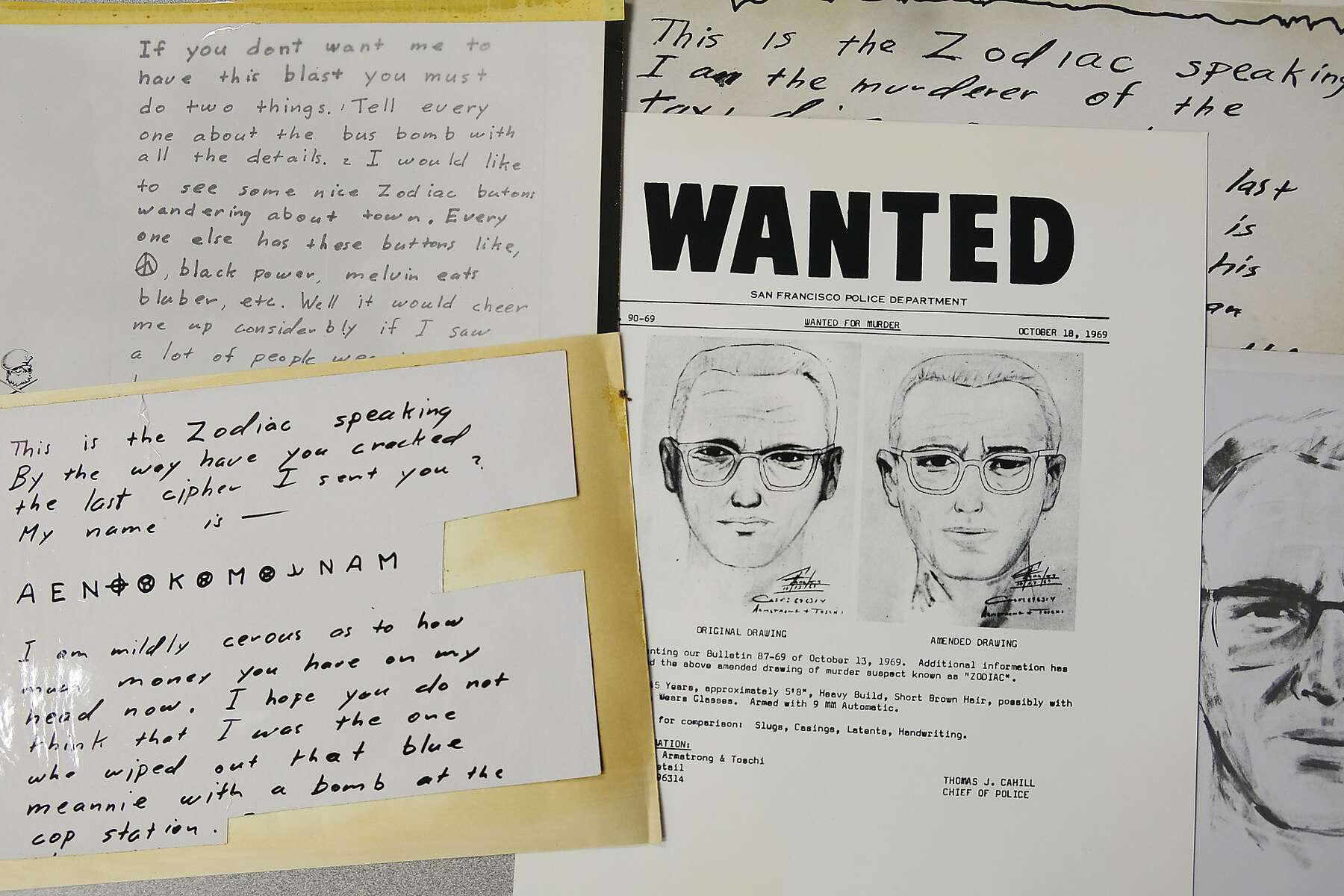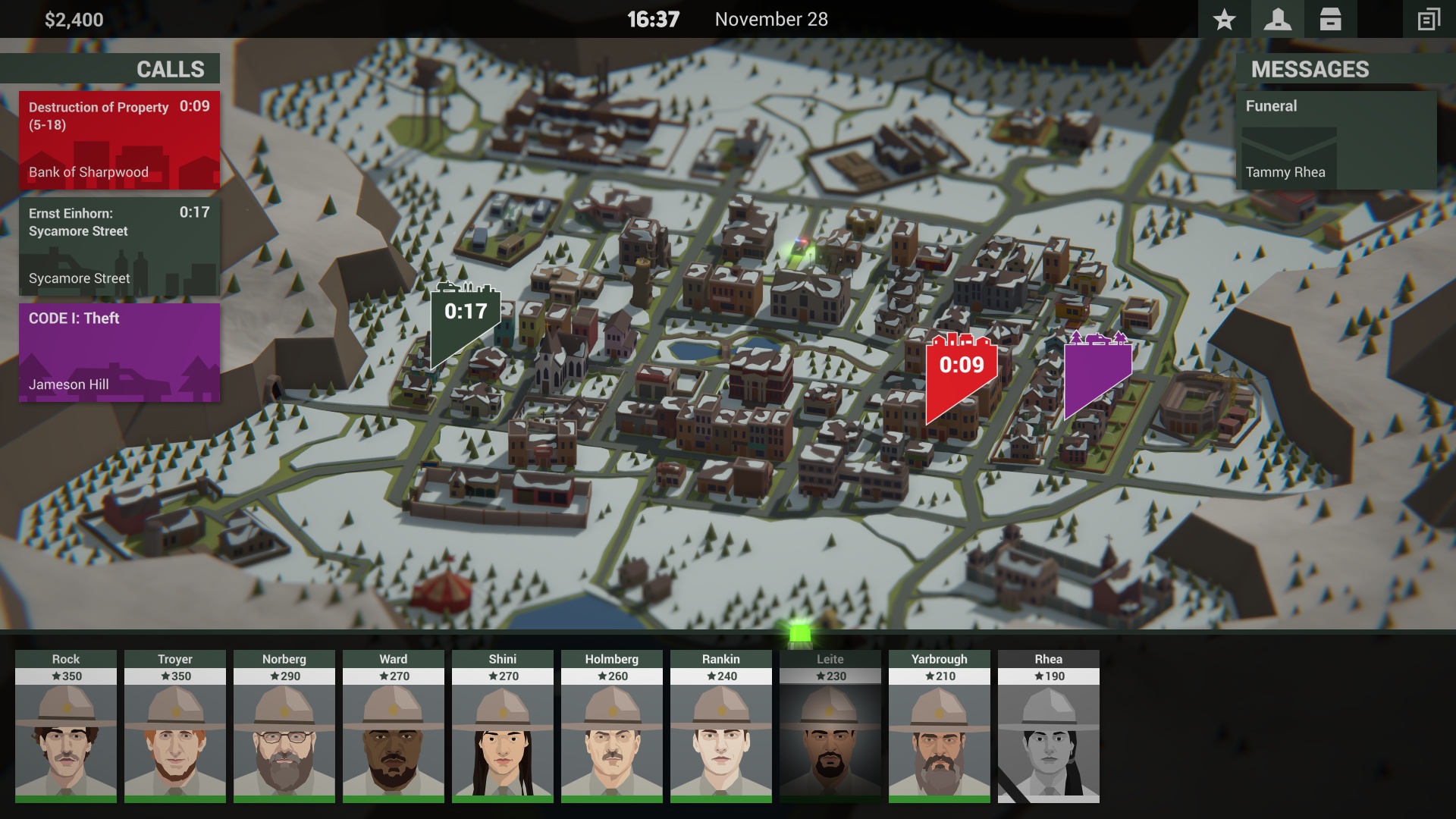

Why is it important to have women peacekeepers?
#This is the police 2 ghese days download#
The 2028 target for women serving in formed police units is 20%, and 30% for individual police officers.įind out more in our gender statistics section to download a monthly breakdown of the number of male and female uniformed personnel working across our missions.

The 2028 target for women serving in military contingents is 15%, and 25% for military observers and staff officers. UN Police Division launched 'the Global Effort' to recruit more female police officers into national police services and into UN police operations around the world. While the UN encourages and advocates for the deployment of women to uniformed functions, the responsibility for deployment of women in the police and military lies with Member States. In 2020, out of approximately 95,000 peacekeepers, women constitute 4.8% of military contingents and 10.9% of formed police units and 34% of justice and corrections government-provided personnel in UN Peacekeeping missions. In 1993, women made up 1% of deployed uniformed personnel. It is an operational imperative that we recruit and retain female peacekeepers. In all fields of peacekeeping, women peacekeepers have proven that they can perform the same roles, to the same standards and under the same difficult conditions, as their male counterparts. Women are deployed in all areas – police, military and civilian – and have made a positive impact on peacekeeping environments, including in supporting the role of women in building peace and protecting women's rights. As peacekeeping has evolved to reflect the populations we serve, women have become increasingly part of the peacekeeping family – making operations more effective.


 0 kommentar(er)
0 kommentar(er)
